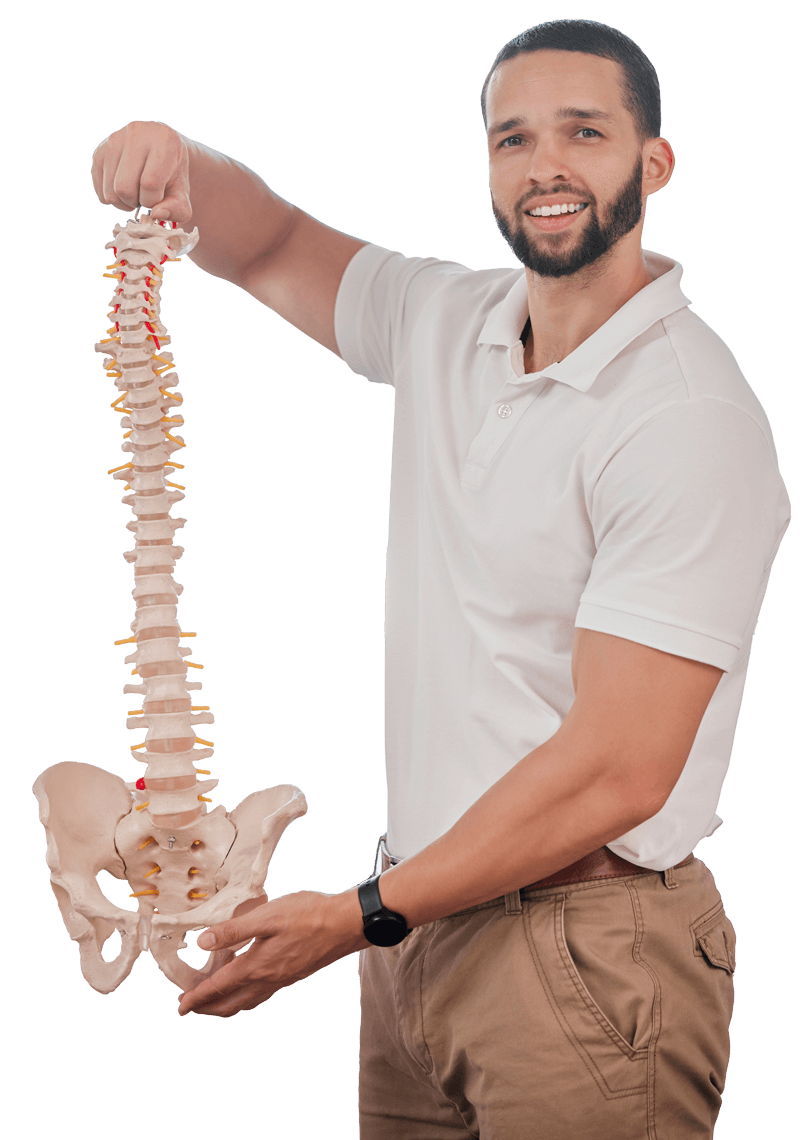Initial Assessment: The first step involves a thorough assessment by a qualified healthcare professional to determine if Shockwave Therapy is the appropriate treatment for your condition. This may include a physical examination and reviewing your medical history.
Preparation: No special preparation is typically required before undergoing Shockwave Therapy. Patients are advised to wear comfortable clothing that allows easy access to the area being treated.
Application of Gel: A conductive gel is applied to the treatment area. The gel helps to efficiently transfer the acoustic waves from the shockwave device to the skin.
Shockwave Application: The Shockwave Therapy device is positioned against the treatment area. The device then emits high-energy acoustic waves in controlled pulses directly into the tissues. These pulses are carefully calibrated in terms of intensity and frequency, depending on the specific condition and the individual’s tolerance.
Duration: Each Shockwave Therapy session typically lasts between 5 to 15 minutes, depending on the area being treated and the severity of the condition.
Frequency of Sessions: The total number of sessions required varies depending on the individual’s response to treatment and the specific condition being treated. Generally, patients may undergo 3 to 5 sessions, usually spaced a week apart.
Post-Treatment: Patients can usually return to their daily activities immediately after a session. There might be temporary soreness or swelling in the treated area, but these side effects are typically mild and resolve quickly.
Follow-Up: Follow-up sessions and assessments may be scheduled to monitor the patient’s progress and make any necessary adjustments to the treatment plan.

